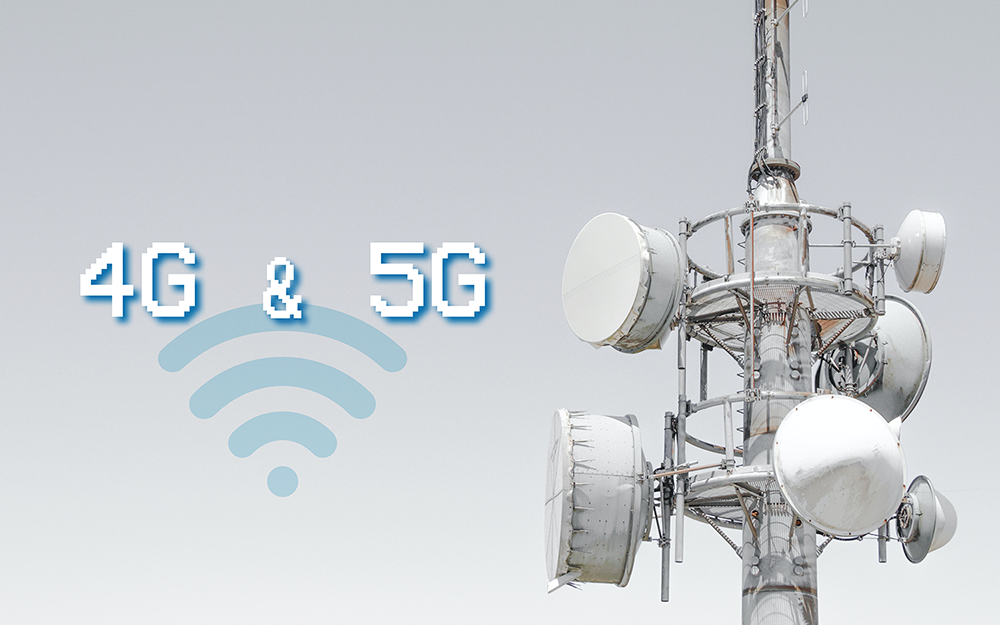
What do you need to know about LTE/5G Band Coverage?
4G LTE and 5G NR cellular have many different bands of operation compared with 2G GSM and 3G UMTS cellular systems. To add to the complexity, NBIoT uses a subset of the available LTE frequency bands. This can be confusing.
So, to help the user make sense of all these bands and what the antenna is capable of, Siretta’s new datasheets summarise this information into a table that includes the measured performance of the antenna on all the different bands, together with a traffic light system to show the antennas suitability at any band of interest.
LTE/5G Table

So what do the LTE/5G Band Coverages actually mean?
LTE, CAT-M/5G Bands: LTE band is the band number. 5G NR bands are prefixed with ‘n’ as specified by the
3GPP Standards body. Where 5G NR overlaps with 4G LTE, they use the same band number.
NB-IoT Band: Although NB-IoT is part of the LTE specification, it does not use all the bands used by LTE. Those
used are listed in the new datasheets.
Regional Coverage: This shows where the bands are typically used. However, many are country specific rather
than used through a region. The user is advised that this is a general statement and that band use in specific countries (and specific networks) be checked before use.
Uplink: The range of frequencies used for the uplink part of the band.
Downlink: The range of frequencies used by the downlink part of the band.
Average Efficiency % over band: The values provided here are taken from the Radiation Efficiency plot and are
the average values for the uplink and downlink respectively. A traffic light system gives a visual indication of how
Siretta perceives the antennas suitability for that band of operation, taking into account the Average Efficiency and VSWR

